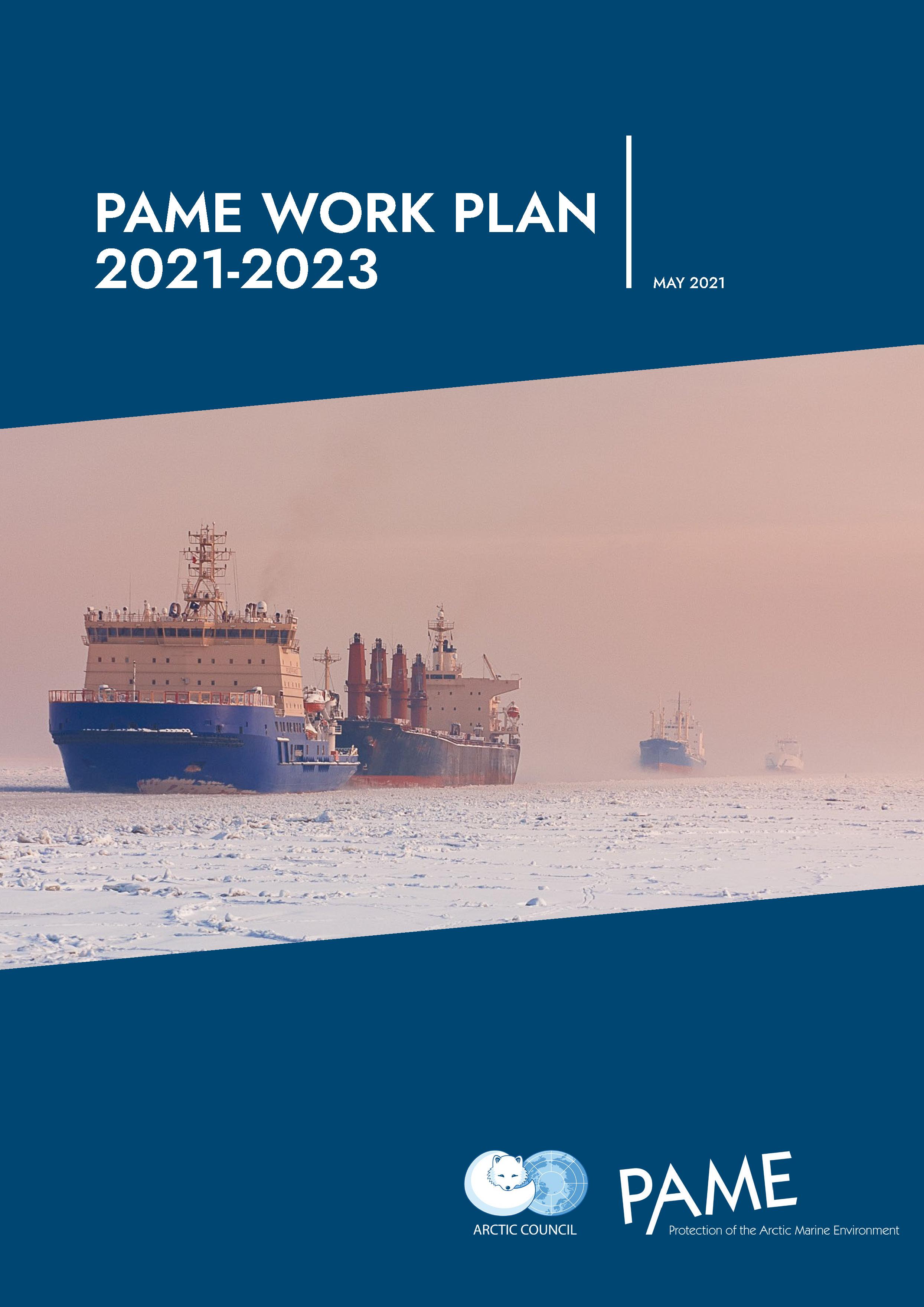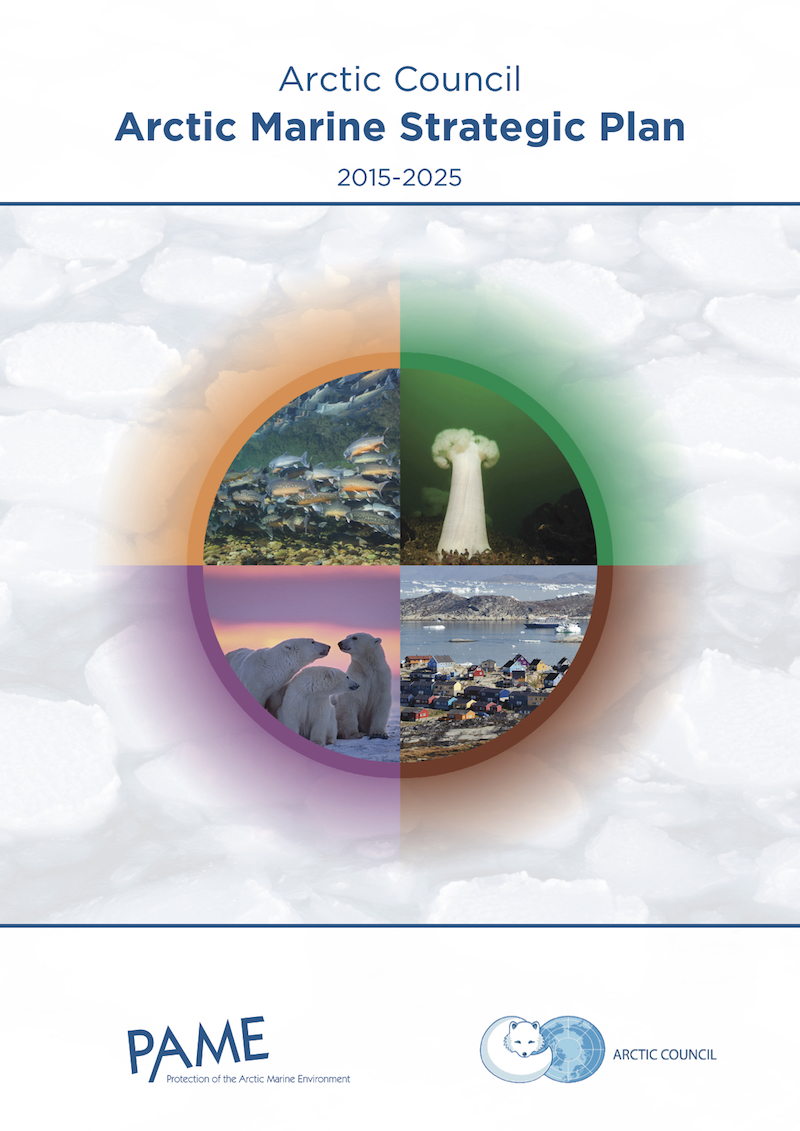News Archive
T he PAME Working Group is meeting in Tromsö, Norway, this week. Over 60 delegates will take part in the meeting, while numerous other meetings take part, including within PAME expert groups.
he PAME Working Group is meeting in Tromsö, Norway, this week. Over 60 delegates will take part in the meeting, while numerous other meetings take part, including within PAME expert groups.
This week sees an unprecedented gathering of four of the Arctic Council’s six Working Groups at the same time. The others are ACAP (Arctic Contaminants Action Program), AMAP (Arctic Monitoring and Assessment Programme), CAFF (Conservation of Arctic Flora and Fauna).
While the four Working Groups will meet in parallel for much of the week, all four will come together for a session on Wednesday to discuss cross-cutting issues. The Chair of Senior Arctic Officials, Amb. David Balton, will take part in the joint meeting on Wednesday, including offering welcoming remarks.
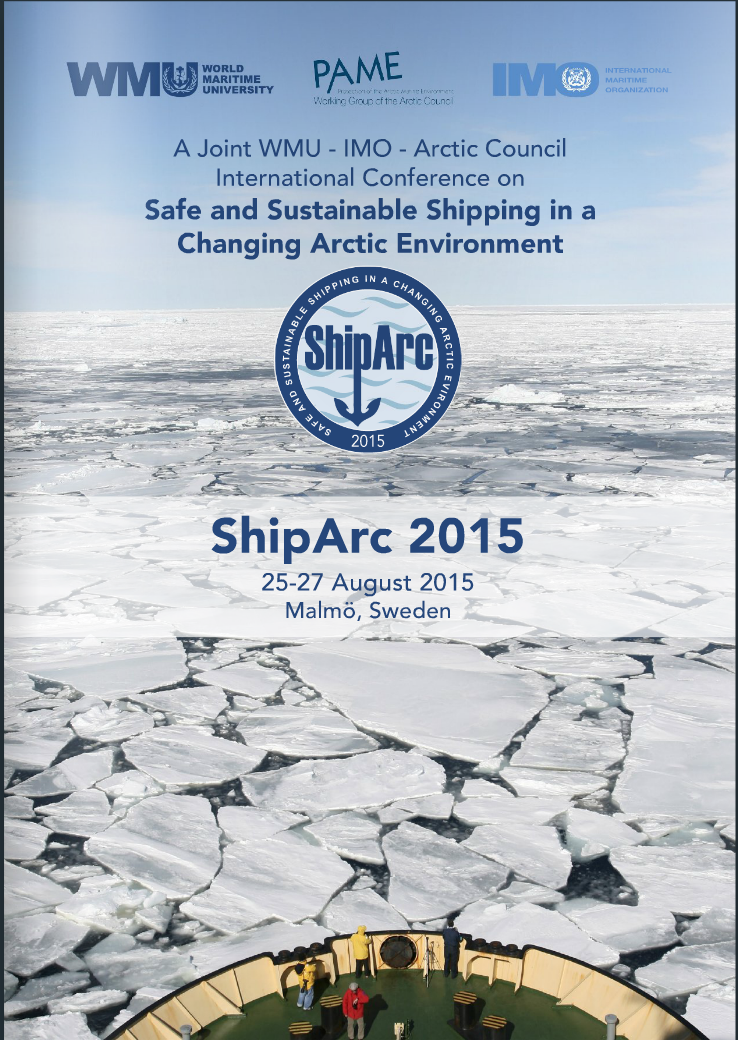 The program for the ShipArc 2015 conference in Malmö later in August has been released. The event will take place from the 25-27th of August and boasts an exciting lineup of presentation, lectures and workshops.
The program for the ShipArc 2015 conference in Malmö later in August has been released. The event will take place from the 25-27th of August and boasts an exciting lineup of presentation, lectures and workshops.Click here to download the program.
PAME is one of the orginising partners, along with the International Maritime Organization and the World Maritime University.
The opening address will be delivered by Mr. Koji Sekimizu, IMO Secretary-General and key note speakers include Dr. David Carlson, Dr. Lawson Brigham, Mr. Arsenio Dominguez and Dr. David VanderZwaag. The first day is devoted to key note speakers on varios different topics. The day will conclude with an icebreaker reception and a poster session.
The second day will feature six themes:
- The Polar Code: Implementation & Compliance Assurance
- Beyond the Polar Code
- Arctic Governance
- Sustainable Arctic Business Development
- Protection of the Arctic Marine Environment
- Training, Capacity-Building, Science & Research
The third day will highlight the key points on the conference through rapporteurs and a panel discussions.
Click here to download the program.
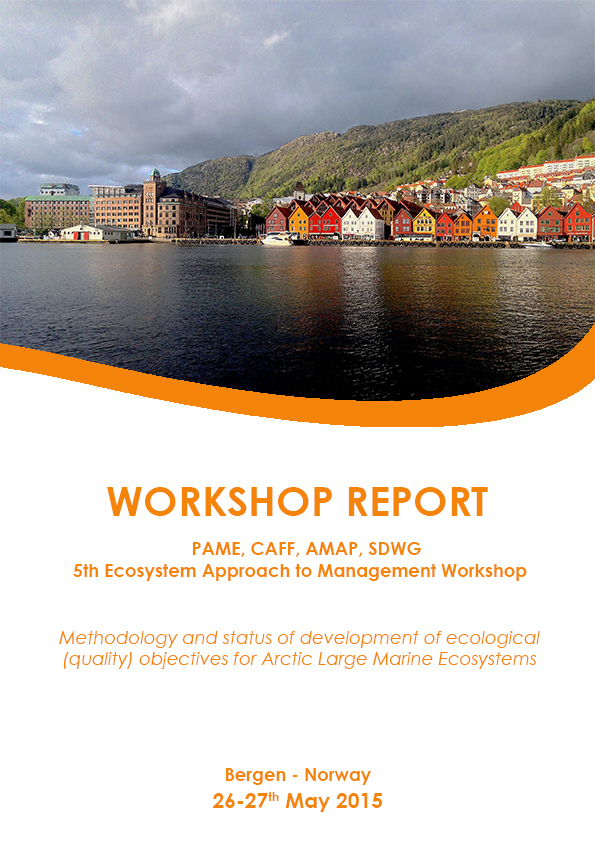 PAME has released a workshop report from the Ecosystem approach expert group. The 5th EA workshop was held in Bergen, Norway, in May 2015. The focus of the workshop was on the topic of ecological objectives which is addressed through summaries and reviews of existing management objectives related to living resources and the environment in current management systems and legislation, and by reviewing the state-of-the-art in developing more comprehensive sets of ecological objectives.
PAME has released a workshop report from the Ecosystem approach expert group. The 5th EA workshop was held in Bergen, Norway, in May 2015. The focus of the workshop was on the topic of ecological objectives which is addressed through summaries and reviews of existing management objectives related to living resources and the environment in current management systems and legislation, and by reviewing the state-of-the-art in developing more comprehensive sets of ecological objectives.
Click here to download the report.
The workshop objectives were to:
1. Review existing management objectives for use of living and non-living resources, environmental protection and nature conservation in national legislation and management systems.
2. Review developments and methodologies for defining a comprehensive set of ecological objectives as a step in implementing a more holistic management approach, e.g. the EA.
3. Review/learn about the principles and values embedded in the use and management of living resources and the broader environment by indigenous peoples of the Arctic.
Click here to download the report.
See also:
The Ecosystem Approach
EA Documents and Reports
PAME's EA Community of Practice
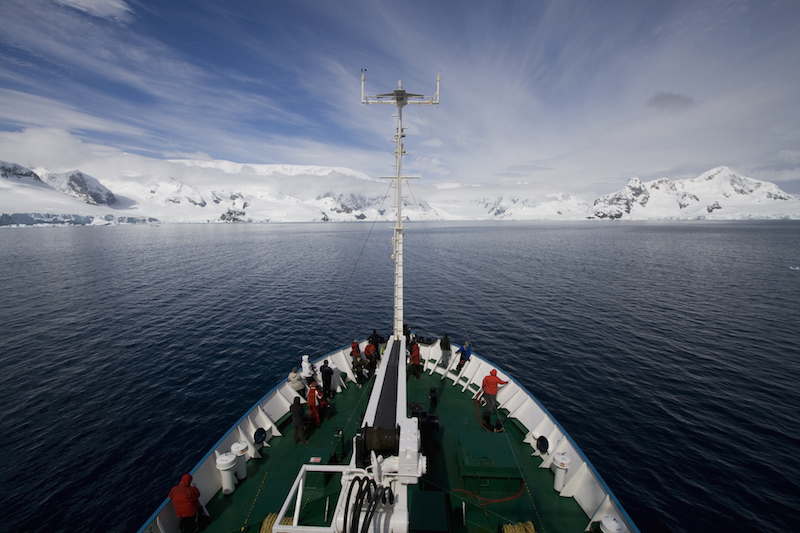 PAME is co-organizing a conference on Arctic shipping with the International Maritime Organization (IMO) and the World Maritime University (WMU). ShipArc will be held in Malmö, Sweden from the 25th to the 27th of August 2015.
PAME is co-organizing a conference on Arctic shipping with the International Maritime Organization (IMO) and the World Maritime University (WMU). ShipArc will be held in Malmö, Sweden from the 25th to the 27th of August 2015.“The conference will be a major event for PAME and the Arctic Council this year. Preparations begun last year and the schedule is very exciting,” Soffía Guðmundsdóttir, the executive secretary of PAME said.
Amongst key speakers are leading scholars who have participated in PAME’s work. One of them is Dr. Lawson Brigham who was the co-
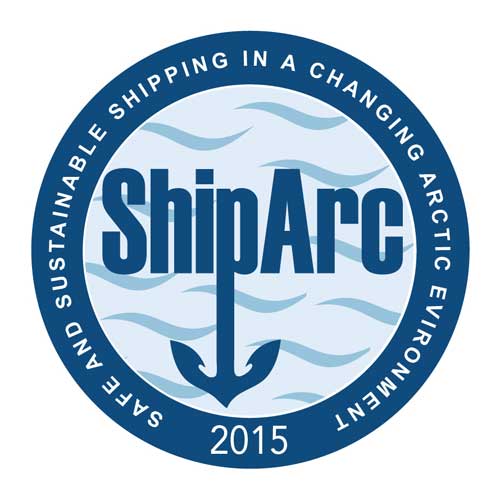 editor of of the Arctic Marine Shipping Assessment (AMSA) and served as a vice chair of PAME from 2005-2009.
editor of of the Arctic Marine Shipping Assessment (AMSA) and served as a vice chair of PAME from 2005-2009.Another is David VanderZwaag, who co-leading the writing of the Governance of the Arctic Shipping chapter of the AMSA report. “We are thrilled to have such high-level participation from PAME and numerous of our experts will be attending as well. There should be dialogue among our leading people in Malmö,” Soffía said.
There are six themes to the conference. The Polar Code: Implementation & Compliance Assurance; Beyond the Polar Code; Arctic Governance; Sustainable Arctic Business
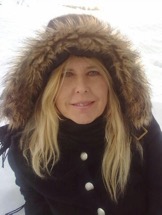 Development; Protection of the Arctic Marine Environment; Training, Capacity-Building, Science & Research.
Development; Protection of the Arctic Marine Environment; Training, Capacity-Building, Science & Research.“In our preparations we decided to focus on six themes for this conference. We could have chosen many others as the topic is broad, but we felt that these six themes are current and appropriate. The conference is title Safe and Sustainable shipping in a changing Arctic Environment and the scene is certainly under constant evolvement.”
“We have two themes that discuss the Polar Code which was recently adopted by the IMO. The Polar Code has been anticipated for some time and this will be the prefect venue to introduce it and discuss its role in Arctic shipping. IMO’s experts and others will present it and discussions on what happens next will take place.”
See the conference website for more information. Registration is ongoing and Malmö is only a 20-minute train ride from Copenhagen.
www.pame.is
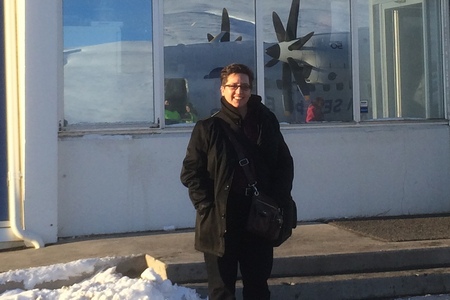 The PAME Working Group recently appointed a new chair, Renée Sauvé of Fisheries and Oceans Canada. Renée has been involved with PAME for several years and will chair the working group for the next two years. At this occation, the Arctic Council website interviewed Renée, which is reposted here at the PAME website.
The PAME Working Group recently appointed a new chair, Renée Sauvé of Fisheries and Oceans Canada. Renée has been involved with PAME for several years and will chair the working group for the next two years. At this occation, the Arctic Council website interviewed Renée, which is reposted here at the PAME website.
Q: What is your background, and how is it that you came to be the chair of PAME?
I am a biologist by training and spent the early part of my career in the Canadian Arctic. I spent a number of years involved in researching Arctic fish stocks and their habitat, and conducting impact assessments. Later I transitioned to international policy work and ended up working at Canada's foreign ministry when the Ottawa Declaration was developed and signed in 1996, formally marking the establishment of the Arctic Council. Since that time I have been part of the Canadian delegation to PAME, representing my current department - Fisheries and Oceans Canada - and in more recent years I have had the opportunity to lead Canada's delegation to PAME. It has been a while since Canada chaired PAME, and I think my technical background and long history with PAME has made me well-placed to help provide some guidance for the Working Group over the next couple of years. I’m very much looking forward to the ambitious marine agenda ahead.
Q: What element of your role as PAME chair are you most looking forward to?
As a Working Group Chair you have opportunities to interact more directly with SAOs and are a bit closer to the Chairmanship. I look forward to being more directly involved in some of the higher-profile Chairmanship priorities, and having the chance to work closely with the other Working Group Chairs. PAME has many representatives who have been involved with the Working Group for a number of years, so it is a very friendly environment and I am looking forward to working with this group of people on a forward-looking agenda.
Q: What are one or two of the most important challenges within PAME’s area of work in the years ahead?
The Arctic is very much a marine world. The vast majority of communities are coastal, and people depend on the marine environment for food, work, and transportation. The Arctic Ocean is at the center of life - including culturally - in the region, and is a key determinant of its future. However, the Arctic marine environment is demonstrating unprecedented changes, some fundamental such as changes in its chemistry – for example, ocean acidification – or emerging economic change with increased maritime activity. The challenge for PAME is to try and stay current with advice to Ministers in the face of this rapid change. These changes have also come with increased world attention on the Arctic, bringing with it growing expectations of the Arctic countries. All of this makes for a challenging work environment, trying to develop helpful guidance with respect to the conservation and use of the Arctic marine environment.
Q: How will PAME be working to tackle those challenges?
It is very important that PAME stay current on the latest science and knowledge of trends in the Arctic marine environment. Good work in this regard is happening through AMAP and CAFF (the Arctic Monitoring and Assessment Programme and Conservation of Arctic Flora and Fauna, both also Arctic Council Working Groups), and we really need to make sure that our marine experts are connecting with experts from the other Working Groups. There is an increased emphasis on the need to implement integrated, ecosystem approaches. I would like to advance greater cross-Working Group collaboration over the next couple of years. I would also like see advances in cross-border collaboration in the near term, linking up marine management measures, helping to show a regional picture of what the Arctic States are doing. The idea of greater regional cooperation is a particular focus during the U.S. Chairmanship through the Task Force on Arctic Marine Cooperation. PAME has done a good degree of work in this regard, it will be important to ensure that PAME's work is taken into account and informs the work of the Task Force.
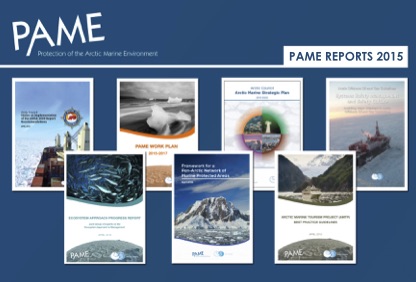 The ninth Ministerial Meeting of the Arctic Council took place in Iqaluit, Nunavut, Canada from April 24-25, 2015. This meeting marked the end of Canada’s Arctic Council Chairmanship (2013-2015) and the start of the US Chairmanship (2015 – 2017). Ministers of the eight Arctic states and Leaders of the six Permanent Participant organizations of the Arctic Council met, as well as the Chairs of the Arctic Council working groups.
The ninth Ministerial Meeting of the Arctic Council took place in Iqaluit, Nunavut, Canada from April 24-25, 2015. This meeting marked the end of Canada’s Arctic Council Chairmanship (2013-2015) and the start of the US Chairmanship (2015 – 2017). Ministers of the eight Arctic states and Leaders of the six Permanent Participant organizations of the Arctic Council met, as well as the Chairs of the Arctic Council working groups.The following are the PAME deliverables to the ministerial meeting:
- The Arctic Marine Tourism Project (AMTP) Best Practice Guidelines
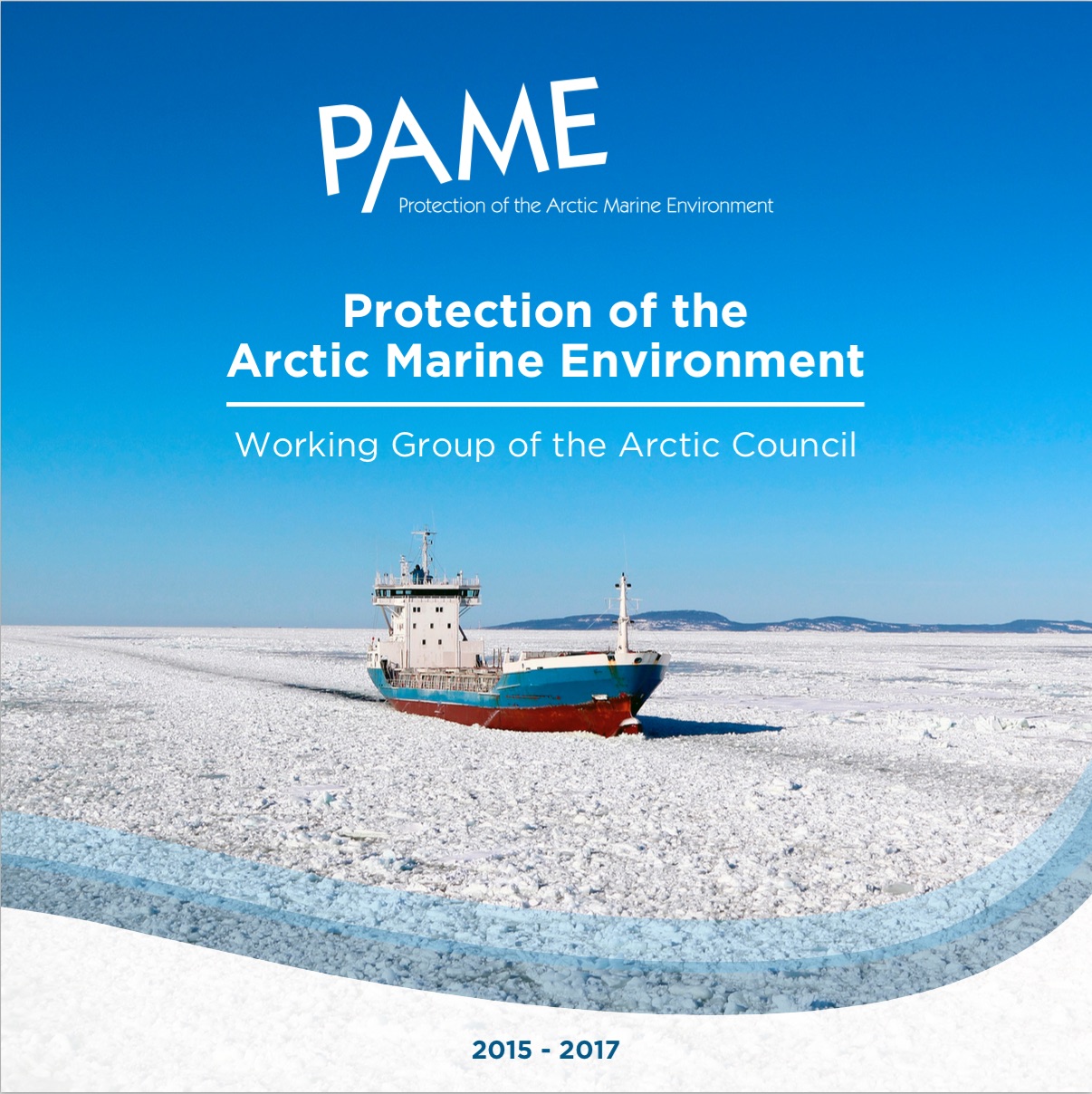 The Arctic Marine Strategic Plan (AMSP) 2015-2025.
The Arctic Marine Strategic Plan (AMSP) 2015-2025.- The Framework for a Pan-Arctic Network of Marine Protected Areas (MPAs).
- PAME Work Plan 2015-2017.
- The Arctic Offshore Oil and Gas Guidelines: Systems Safety Management and Safety Culture Report.
- Status on Implementation of the 2009 AMSA Report Recommendations
- Ecosystem Approach Progress Report.
Furthermore, PAME released a summary report for its 2013-2015 activities. Click here to download the summary report.
In addition PAME also released a new brochure about PAME. Click here to download the brochure.
 The Protection of the Arctic Marine Environment (PAME) Working Group of the Arctic Council, The International Maritime Organization (IMO), the World Maritime University (WMU) are pleased to announce a call for papers for ShipArc 2015, a joint international conference on safe and sustainable shipping in a changing Arctic environment, to be held from 25 to 27 August 2015 at the WMU headquarters in Malmö, Sweden.
The Protection of the Arctic Marine Environment (PAME) Working Group of the Arctic Council, The International Maritime Organization (IMO), the World Maritime University (WMU) are pleased to announce a call for papers for ShipArc 2015, a joint international conference on safe and sustainable shipping in a changing Arctic environment, to be held from 25 to 27 August 2015 at the WMU headquarters in Malmö, Sweden.As an increasingly ice-diminished environment in the Arctic accelerates interest in and potential for new maritime trade routes, merchant transportation and related activities, and resource development such as mining, oil & gas exploration and fishing - all of which will involve increased shipping activity - ShipArc 2015 will provide a timely opportunity to address pressing issues regarding the rapidly changing Arctic environment.
The IMO adopted the safety components of International Code for Ships Operating in Polar Waters (Polar Code) in November 2014 (the environmental components are expected to be adopted in May 2015), and safe and environmentally sound Arctic shipping has long been an important subject for PAME. The WMU plays a key role in conducting research on and building capacity in Arctic issues and governance.
As the pace of development and related activity in the Arctic marine environment challenges the world’s capacity to prepare for it in a safe and sustainable way, ShipArc 2015 will provide a timely opportunity to engage a range of stakeholders including industry (e.g. resource development, tourism, fisheries), those most impacted by Arctic shipping (e.g., coastal communities, indigenous peoples) and those responsible for its sustainable management, in an international symposium to discuss a forward-looking regulatory, governance, research and capacity-building agenda that will define and assist with supporting safe and sustainable shipping in a changing Arctic environment.
The opening address for the event will be delivered by IMO Secretary-General Koji Sekimizu. Themes to be addressed throughout the three-day event include:
• The Polar Code: Implementation & Compliance Assurance
• Beyond the Polar Code
• Arctic Governance
• Sustainable Arctic Business Development
• Protection of the Arctic Marine Environment
• Training, Capacity-Building, Science & Research
Call for Papers
Papers under all themes will inform and enrich the conference discussions. The abstract submission deadline is 30th of June 2015 and should be submitted to This email address is being protected from spambots. You need JavaScript enabled to view it.
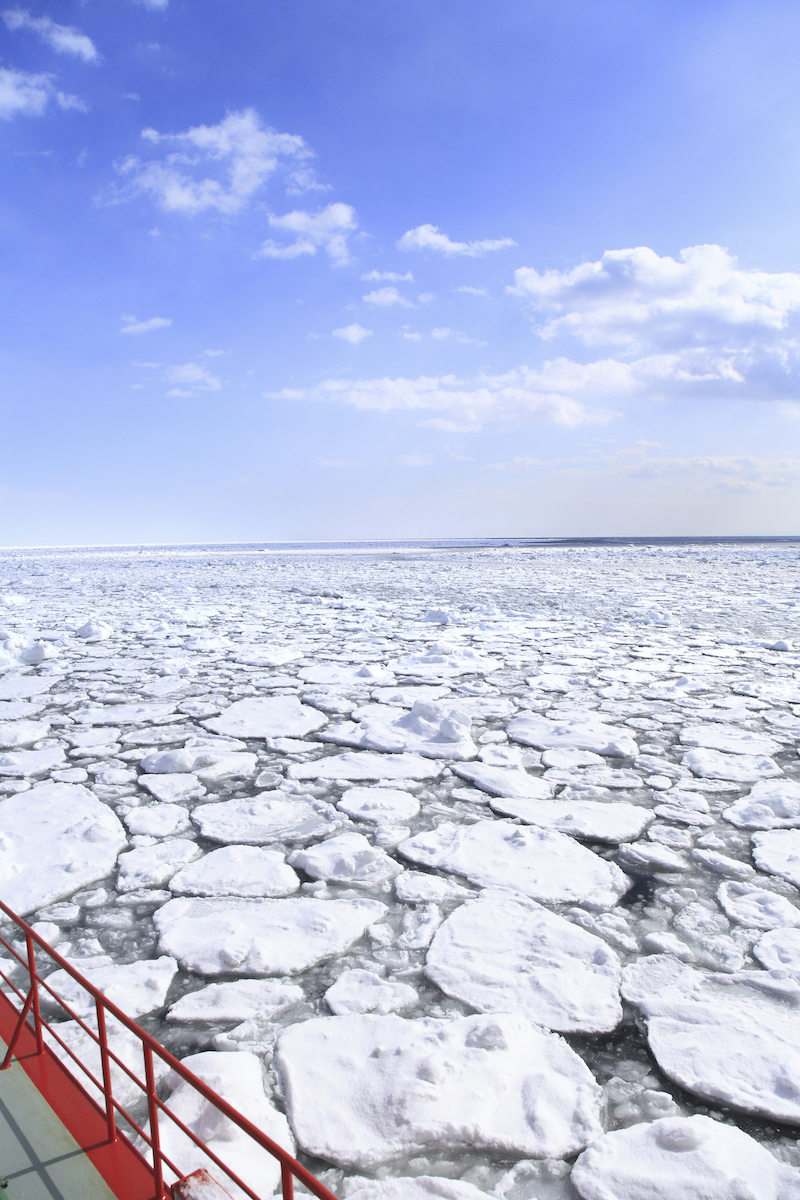 Details
DetailsSafe and Sustainable Shipping in a Changing Arctic Environment (ShipArc 2015)
Date: 25-27 August 2015
Location: Malmö, Sweden
Conference website: wmu.se/events/shiparc-2015
#ShipArc2015
Interested journalists will be approved to cover the conference provided they have a specific commission for coverage of the event (and not just of speakers or others attending). A media pass entitles entrance to the conference and associated events. Members of the press are responsible for their own travel and accommodation costs. If interested in attending as a member of the press, please contact WMU Communications Officer, Maia Brindley Nilsson,This email address is being protected from spambots. You need JavaScript enabled to view it.
The World Maritime University
The World Maritime University (WMU) in Malmö, Sweden is a postgraduate maritime university founded in 1983 by the International Maritime Organization (IMO), a specialized agency of the United Nations. The aim of WMU is to further enhance the objectives and goals of IMO and IMO member states around the world through education, research, and capacity building to ensure safe, secure, and efficient shipping on clean oceans. WMU is truly an organization by and for the international maritime community.
Contact: Maia Brindley Nilsson
Communications Officer
World Maritime University
(+46) 40 356314
This email address is being protected from spambots. You need JavaScript enabled to view it.
The Arctic Council
The Arctic Council is a high-level intergovernmental forum that addresses issues faced by the Arctic governments and the indigenous people of the Arctic. It has eight member countries: Canada, the Kingdom of Denmark, Finland, Iceland, Norway, Russia, Sweden, and the United States. (www.arctic-council.org/index.php/en/)
PAME Working Group of the Arctic Council
The Protection of the Arctic Marine Environment (PAME) is one of six Working Groups of the Arctic Council that provides a unique forum for collaboration amongst Arctic member governments, its six Permanent Participant organizations, accredited Observers and other Arctic stakeholders, on a wide range of activities focused on protection of the Arctic marine environment, all of which contribute to the advancement of the Council’s agenda. (pame.is/)
International Maritime Organization (IMO)
As a specialized agency of the United Nations, IMO is the global standard-setting authority for the safety, security and environmental performance of international shipping. Its main role is to create a regulatory framework for the shipping industry that is fair and effective, universally adopted and universally implemented. (www.imo.org)
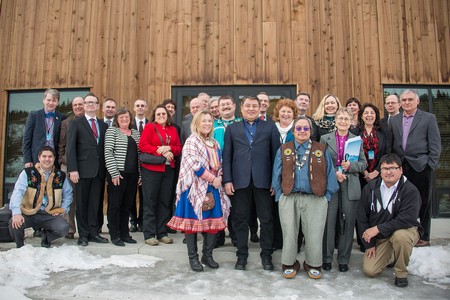 The Arctic Council Senior Arctic Officials and Permanent Participant organizations, which represent indigenous peoples of the Arctic region, held their fourth and final meeting during Canada’s Chairmanship on March 2-5, in Whitehorse, Yukon, Canada.
The Arctic Council Senior Arctic Officials and Permanent Participant organizations, which represent indigenous peoples of the Arctic region, held their fourth and final meeting during Canada’s Chairmanship on March 2-5, in Whitehorse, Yukon, Canada.“Canada has put Northerners at the forefront of the Arctic Council’s agenda”, said the Honourable Leona Aglukkaq, Chair of the Arctic Council and Canada’s Minister for the Arctic Council, Minister of the Environment and Minister of the Canadian Northern Economic Development Agency. “Under our chairmanship, the Council has prioritized actions that will better the lives of Arctic residents”.
In Whitehorse, Senior Arctic Officials and Permanent Participants heard from the Arctic Council’s working groups and task forces on the progress being made on the Arctic Council’s ambitious program of work, including the priority initiatives under the Canadian chairmanship theme ‘Development for the People of the North’. These priorities include: ensuring responsible economic development in the Arctic; promoting circumpolar mental wellness; incorporating traditional and local knowledge into the work of the Council; and developing actions on marine oil pollution prevention and on short-lived climate pollutants – in particular, black carbon and methane.
Many projects and deliverables were approved for delivery to the April 24-25, 2015 Iqaluit Ministerial, including projects that promote sustainable development, protect biodiversity, enhance emergency preparedness and response, protect the marine environment, and assess and address pollutants in the Arctic.
“This meeting was particularly important as it was the final Senior Arctic Officials’ meeting during Canada’s chairmanship,” said Vincent Rigby, Chair of the Senior Arctic Officials. “We are now in an excellent position to deliver ambitious results in Iqaluit. As always, I am pleased with the high level of cooperation shown by all of our Arctic Council partners.”
The Iqaluit 2015 Ministerial Meeting will mark the conclusion of Canada’s second chairmanship of the Arctic Council and the beginning of the second US chairmanship. The first Ministerial Meeting was also held in Iqaluit at the conclusion of Canada’s first Chairmanship (1996-1998).
While in Whitehorse, the Arctic Council also presented a public outreach event at Yukon College focusing on the Council’s work to address black carbon and methane emissions in the Arctic and to develop an online climate change adaptation portal.
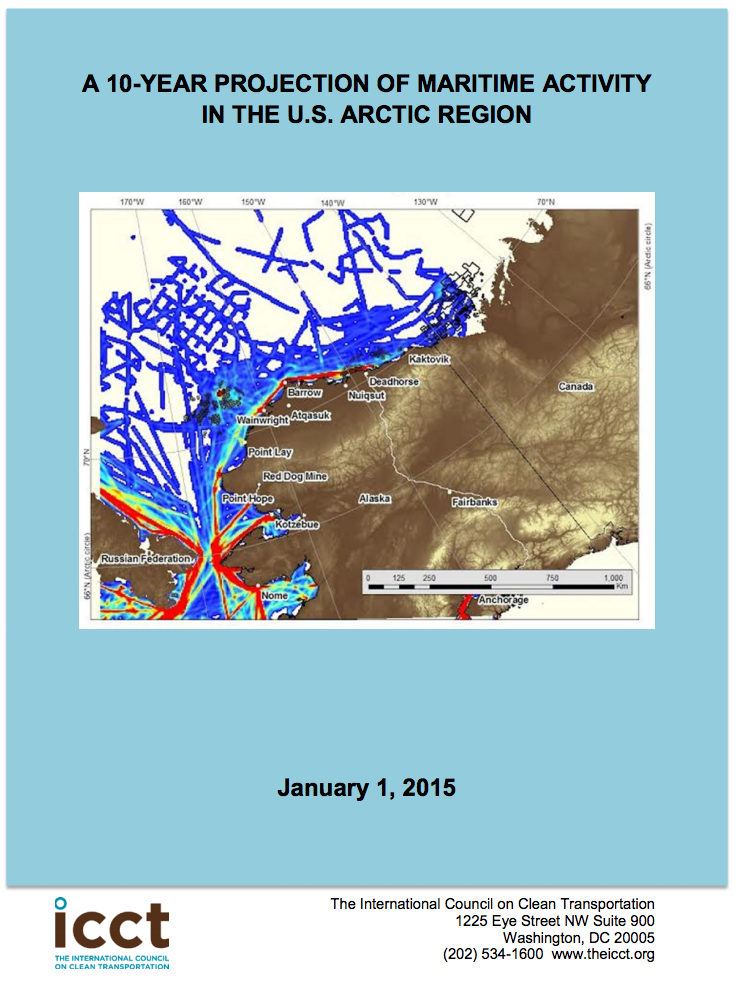 The Committe on the Marine Transportation system in the USA has released the report, “A 10-Year Projection of Maritime Activity in the U.S. Arctic Region.”
The Committe on the Marine Transportation system in the USA has released the report, “A 10-Year Projection of Maritime Activity in the U.S. Arctic Region.”It provides estimates of vessel traffic (numbers of vessels and transits) based on modeling of current vessel activity patterns, growth potential, and vessel projection scenarios, including diversion from other routes, and oil and gas development.
The report also completes the first milestone of the National Strategy for the Arctic Region (NSAR) 2014 Implementation Plan, which is intended to guide Federal activities related to the construction, maintenance, and improvement of marine transportation Arctic infrastructure.
For more information, click the following links.
The report: A 10-Year Projection of Maritime Activity in the U.S. Arctic Region
Executive Summary: Ten-Year Projection Study of Maritime Activity in the U.S. Arctic Region
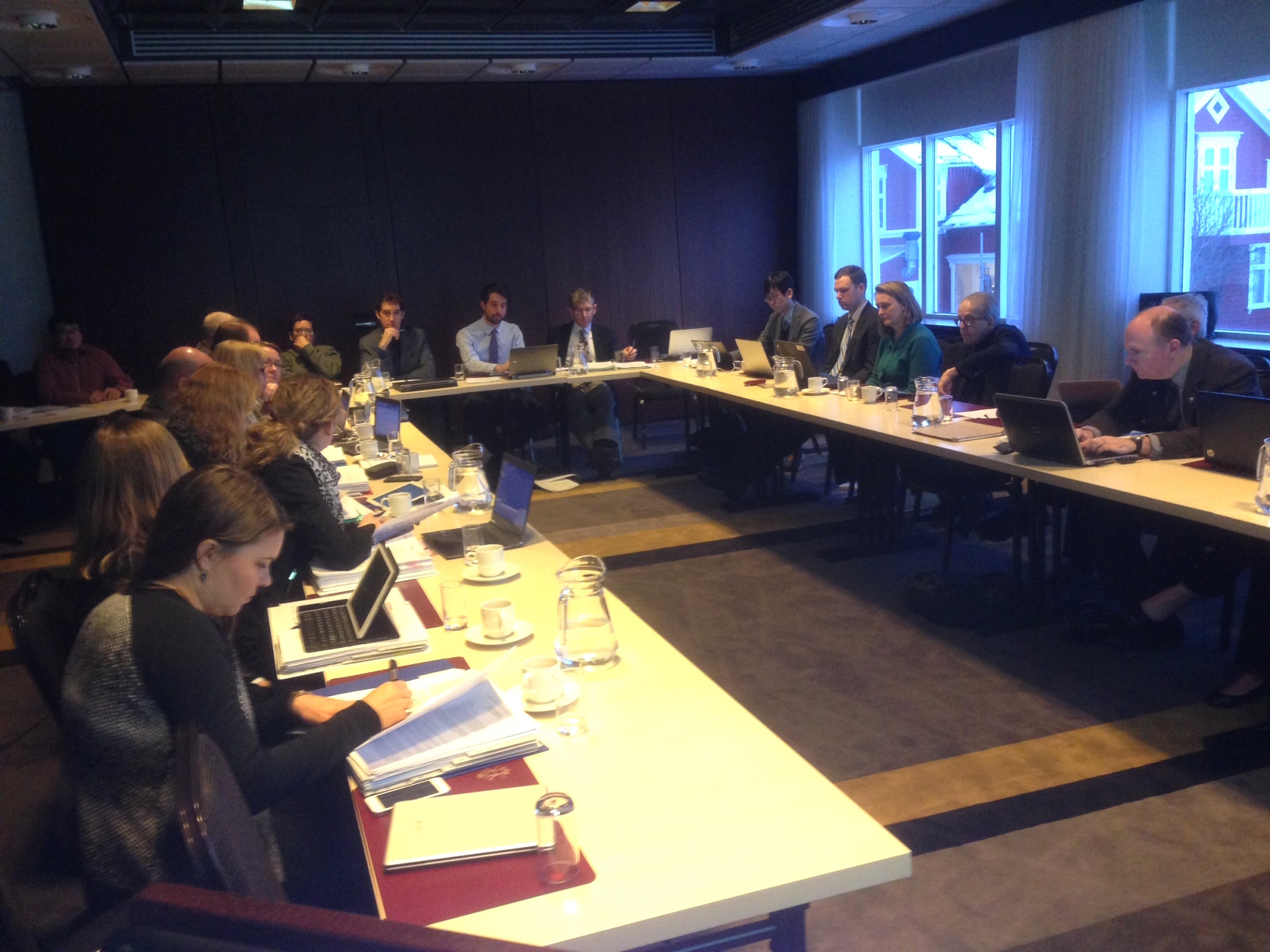
The PAME I 2015 officially began on Tuesday with the whole day devoted to updates to the Arctic Marine Shipping Assessment. Updates to the Arctic Marine Strategic Plan 2015-2025 were also addressed. The evening saw the group taking an excursion to the Nature Baths near Lake Mývatn.
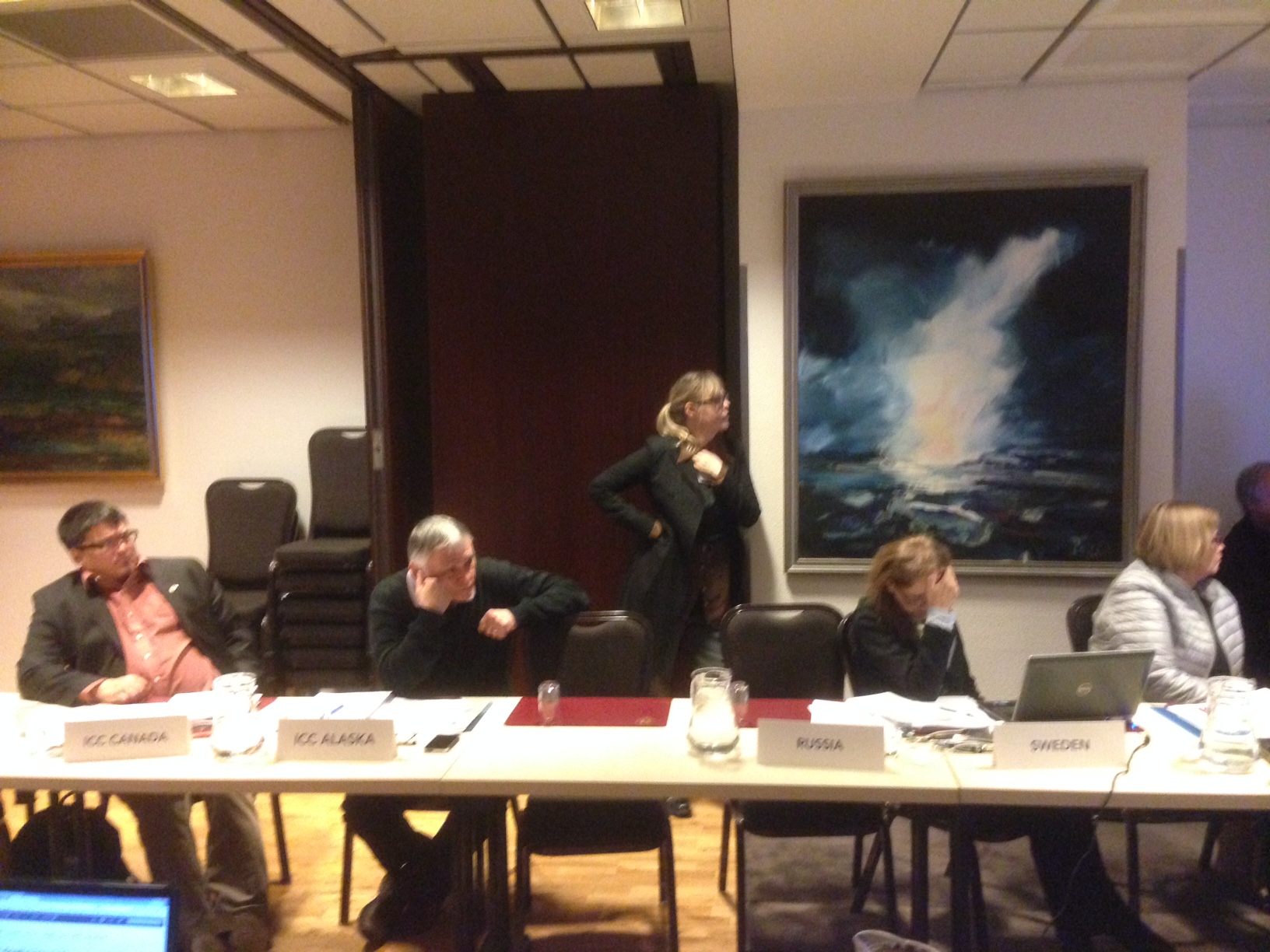
The meeting concluded on Thursday, covering issues such as the PAME 2015-2017 work plan and the Records of Decisions.
The PAME Secretariat thanks all the participants for an enjoyable and succesful meeting in Akureyri.
Please see the PAME Secretariat's Facebook page for more pictures.
More...
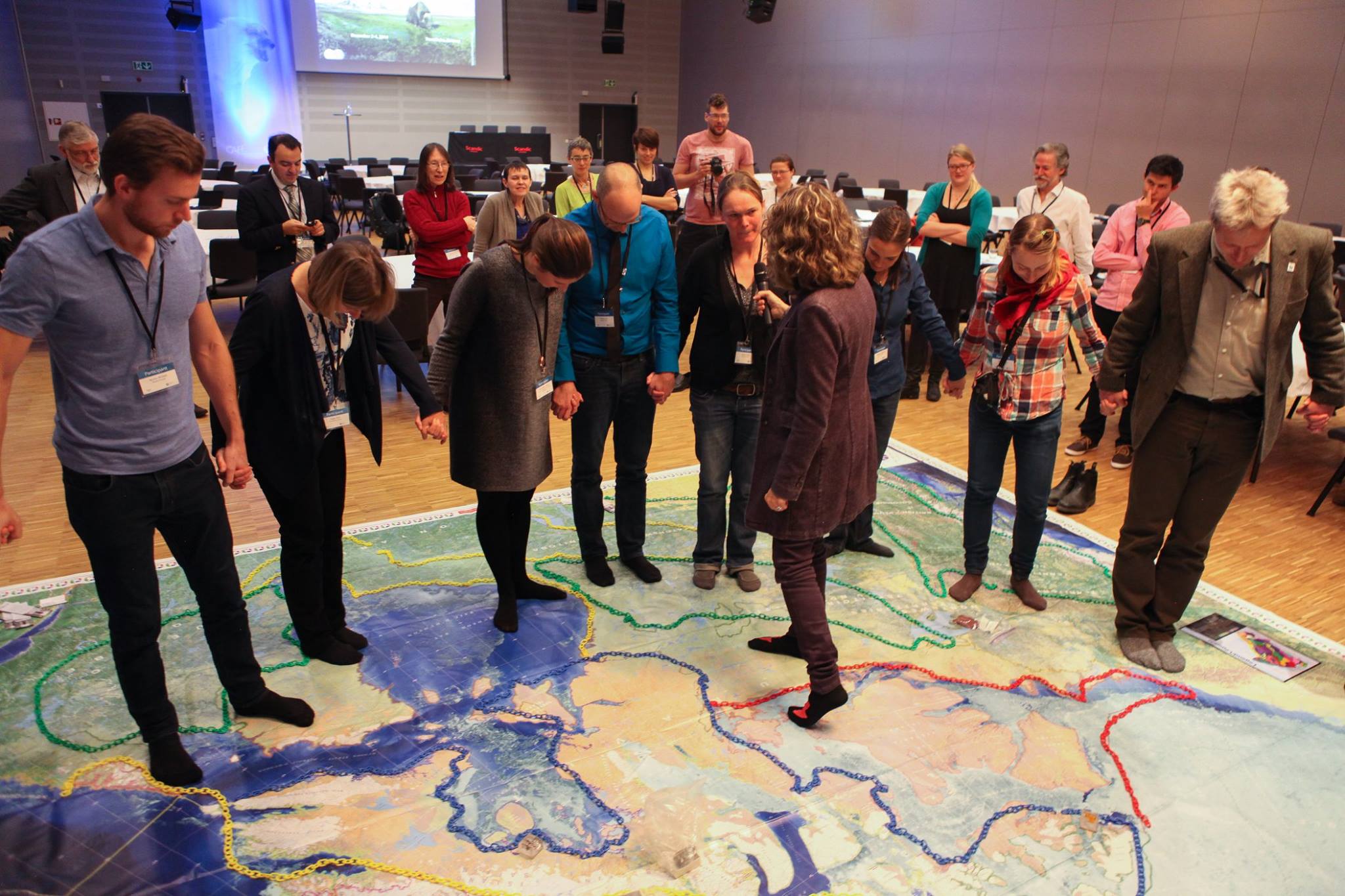 The Arctic Biodiversity Congress was held by CAFF in December. Its purpose was to promote the conservation and sustainable use of Arctic biodiversity through dialogue among scientists, policy-makers, government officials, industry, civil society and indigenous peoples.
The Arctic Biodiversity Congress was held by CAFF in December. Its purpose was to promote the conservation and sustainable use of Arctic biodiversity through dialogue among scientists, policy-makers, government officials, industry, civil society and indigenous peoples.CAFF released the Arctic Biodiversity Assessment (ABA) in 2013. One of the main goals of the Congress was to present and discuss the main scientific findings in the ABA.
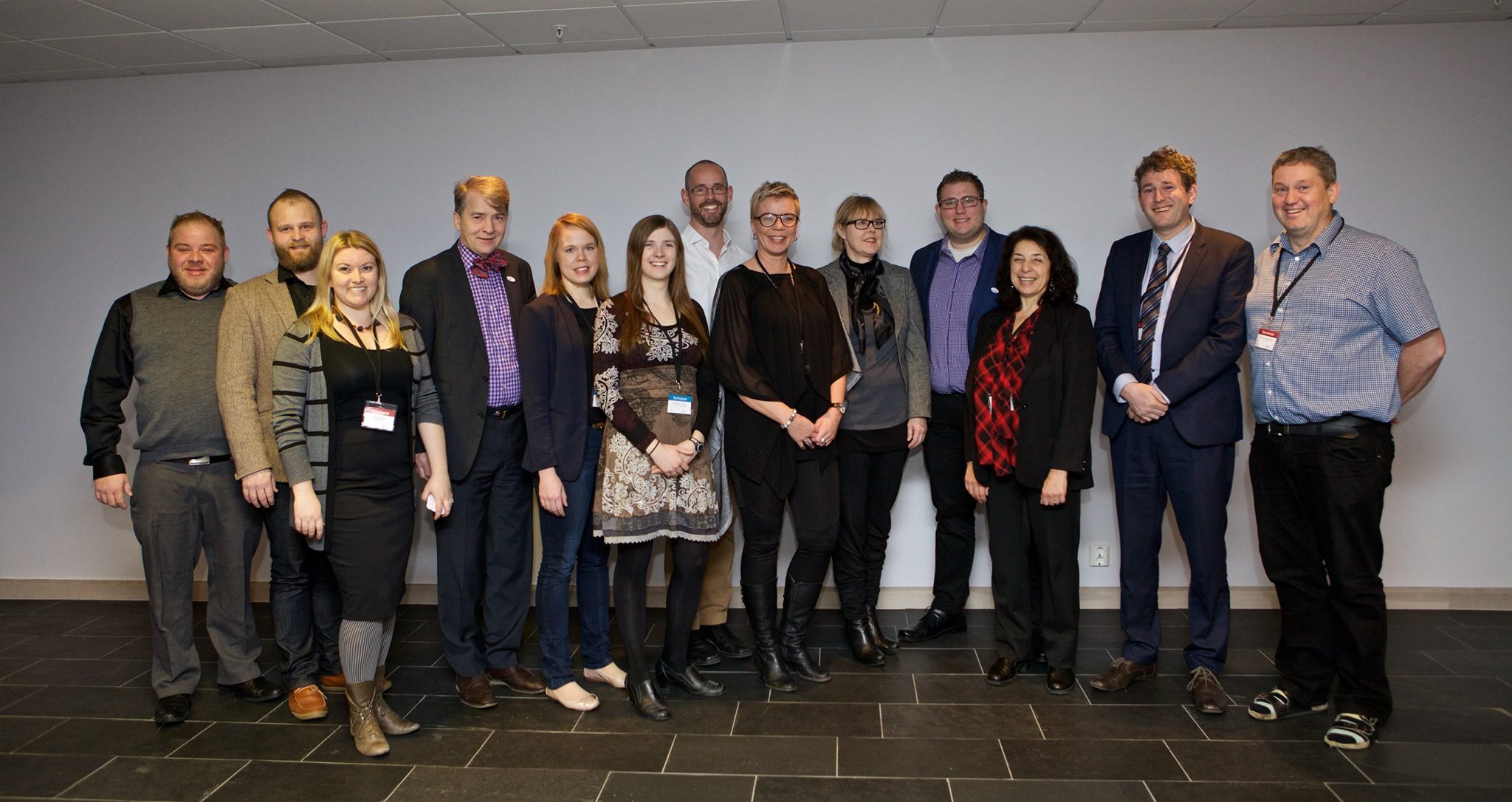 Over 400 participants met in Trondheim, Norway, for the Congress which was a success in every aspect. A Co-Chairs Report has already been published, it can be downloaded here, or accessed from the Congress website front page.
Over 400 participants met in Trondheim, Norway, for the Congress which was a success in every aspect. A Co-Chairs Report has already been published, it can be downloaded here, or accessed from the Congress website front page.Winners in the Arctic biodiversity "through the lens" photo competition were also announced.
The PAME working group was represented by several attendees, including the executive director of the PAME Secretariat, Soffía Guðmundsdóttir.
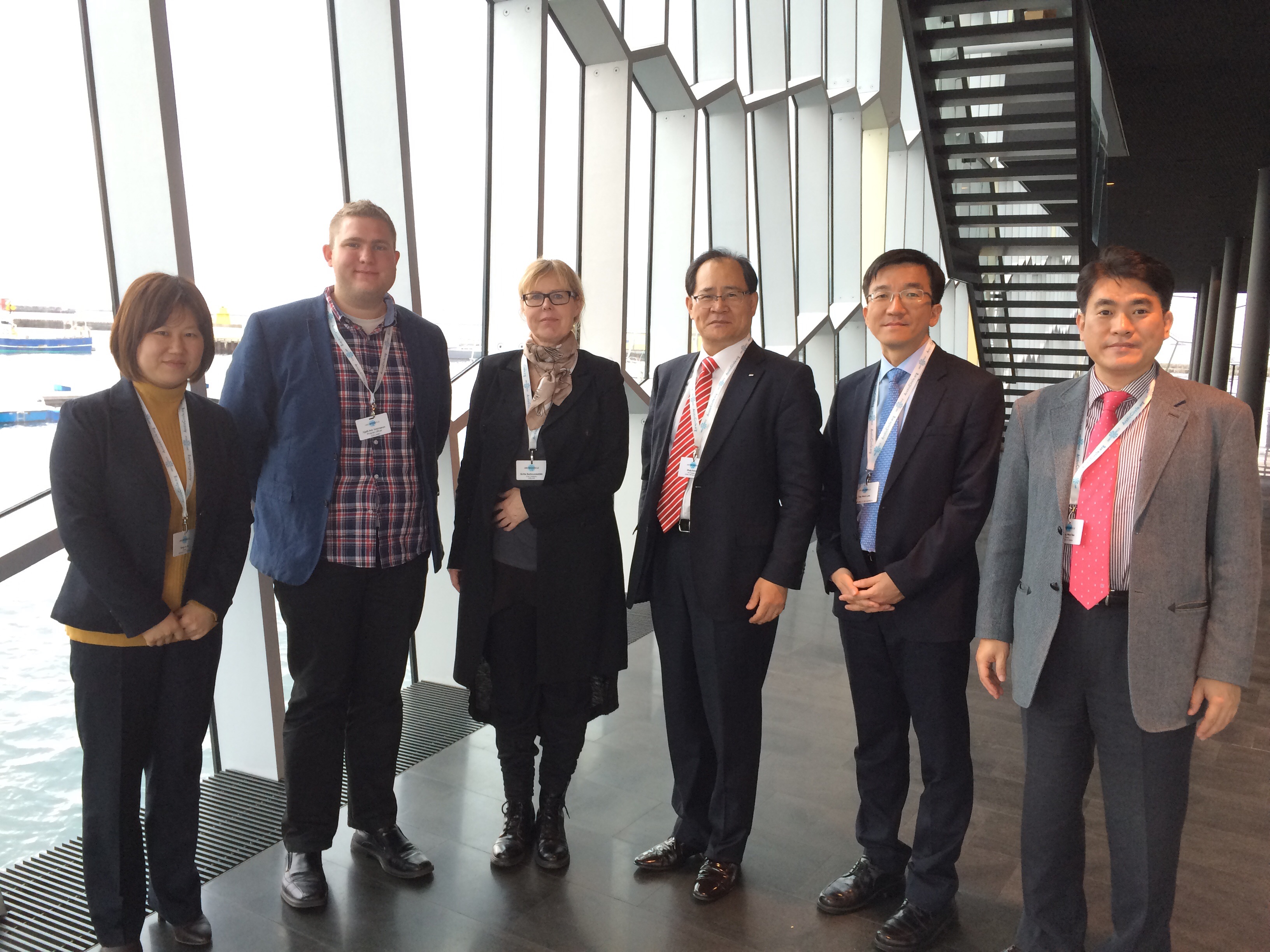 The PAME Secretariat was invited to a meeting with a delegation from the Republic of Korea in November to discuss several issues regarding the PAME working group. Korea is a permanent observer to the Arctic Council.
The PAME Secretariat was invited to a meeting with a delegation from the Republic of Korea in November to discuss several issues regarding the PAME working group. Korea is a permanent observer to the Arctic Council.They delegation was led by Jong-Deong (Justin) Kim director general go the strategy research division of the Korea Maritime Institute, and head of the Polar Policy Research Centre. Also in the delegation was Lee Tae-won, director of the economic cooperation division of the Korean Ministry of Foreign Affairs, Seung Woo Han, director of the department of Policy at the Korea Polar Research Institute and a representative from the ministry of the environment. Odin Kwon, vice president of DSME also attended the meeting.
The meeting was very fruitful and its results are currently being worked on from both ends.
The picture sees representatives from the PAME Secretariat, Soffía Guðmundsdóttir - executive director, and Hjalti Hreinsson, program officer, with the Korean delegation.
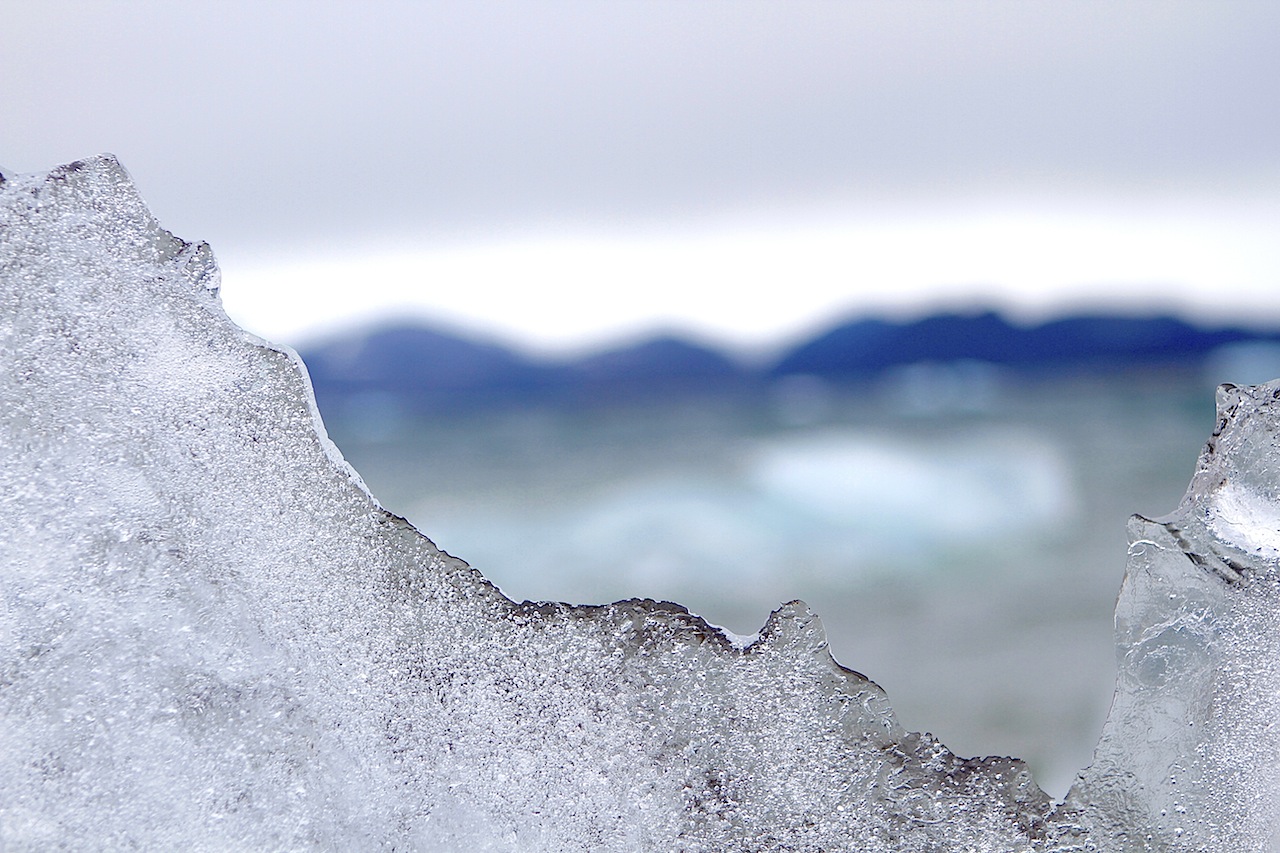 The International Maritime Organization (IMO) has adopted the International Code for Ships Operating in Polar Waters (Polar Code), and related amendments to the International Convention for the Safety of Life at Sea (SOLAS) to make it mandatory, marking an historic milestone in the Organization’s work to protect ships and people aboard them, both seafarers and passengers, in the harsh environment of the waters surrounding the two poles.
The International Maritime Organization (IMO) has adopted the International Code for Ships Operating in Polar Waters (Polar Code), and related amendments to the International Convention for the Safety of Life at Sea (SOLAS) to make it mandatory, marking an historic milestone in the Organization’s work to protect ships and people aboard them, both seafarers and passengers, in the harsh environment of the waters surrounding the two poles.Visit the IMO Website.
The Polar Code and SOLAS amendments were adopted during the 94th session of IMO’s Maritime Safety Committee (MSC), which was meeting at the Organization's London headquarters for its 94th session, from 17 to 21 November 2014.
The Polar Code covers the full range of design, construction, equipment, operational, training, search and rescue and environmental protection matters relevant to ships operating in waters surrounding the two poles.
Ships trading in the polar regions already have to comply with all relevant international standards adopted by IMO, but the newly adopted SOLAS chapter XIV “Safety measures for ships operating in polar waters”, adds additional requirements, by making mandatory the Polar Code (Preamble, Introduction and Part I-A (Safety measures)).
The Polar Code highlights the potential hazards of operating in polar regions, including ice, remoteness and rapidly changing and severe weather conditions, and provides goals and functional requirements in relation to ship design, construction, equipment, operations, training, and search and rescue, relevant to ships operating in Arctic and Antarctic waters.
As well as mandatory provisions, recommendations are also include in a Part 1-B.
The expected date of entry into force of the SOLAS amendments is 1 January 2017, under the tacit acceptance procedure. It will apply to new ships constructed after that date. Ships constructed before 1 January 2017 will be required to meet the relevant requirements of the Polar Code by the first intermediate or renewal survey, whichever occurs first, after 1 January 2018.
Because it contains both safety and environment related provisions, the Polar Code will be mandatory under both SOLAS and the International Convention for the Prevention of Pollution from Ships (MARPOL). Last month (October 2014), IMO’s Marine Environment Protection Committee (MEPC) approved the necessary draft amendments to make the environmental provisions in the the Polar Code mandatory under MARPOL. The MEPC is expected to adopt the Code and associated MARPOL amendments at its next session in May 2015, with an entry-into-force date to be aligned with the SOLAS amendments.
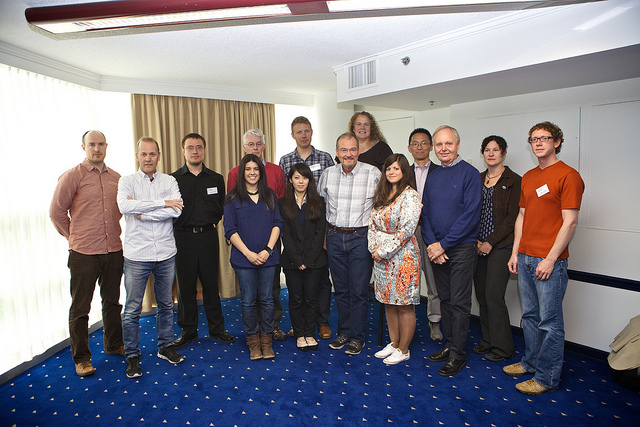
(From left to right): Dan Slavik, Jon L. Fuglestad, Stanislav Formin, Joclyn Paulic, Alf Håkon Hoel,
Tomomi Nomaki, Erik Olsen, Phil Mundy, Catherine Coon, Karoline Andaur, Takashi Kikuchi,
Hein Rune Skjoldal, Maryann Fidel and William Koeoppen (Photo: Bjarni Eiríksson / PAME)
The Protection of the Arctic Marine Environment Working Group (PAME), held its 4th Ecosystem Approach workshop in the beautiful city of Vancouver, British Columbia, Canada, 16-18 of June 2014. The subtitle of the workshop was; Integrated Ecosystem Assessment (IEA) – Understanding National Approaches and Reviewing Progress on IEA in Arctic LMEs straddling national boundaries: The Beaufort and Barents Seas.
Members of the PAME led Ecosystem Approach Expert Group included representatives from Canada, Norway, the United States, the Aleut International Association, AMAP and CAFF working groups, in addition to experts from a number of institutions, including the WWF and the Japan Agency for Marine-Earth Science and Technology. The workshop also received input via video link from experts who could enjoy the pleasantly of their home office and still make a valuable contribution to the workshop.
The three day workshop included sessions on;
-
- An overview of the history and approaches of Ecosystem based management (EA/EBM) and integrated ecosystem approach (IEA), and current projects on EA/EBM and IEA within the Arctic Council.
- The national overviews from the Beaufort, Approaches to IEA in the Beaufort Sea.
- National overviews from the Barents, Approaches to IEA in the Barents and
- Discussions and Lessons learned.
The workshop report will soon be available on the PAME website (www.pame.is).




